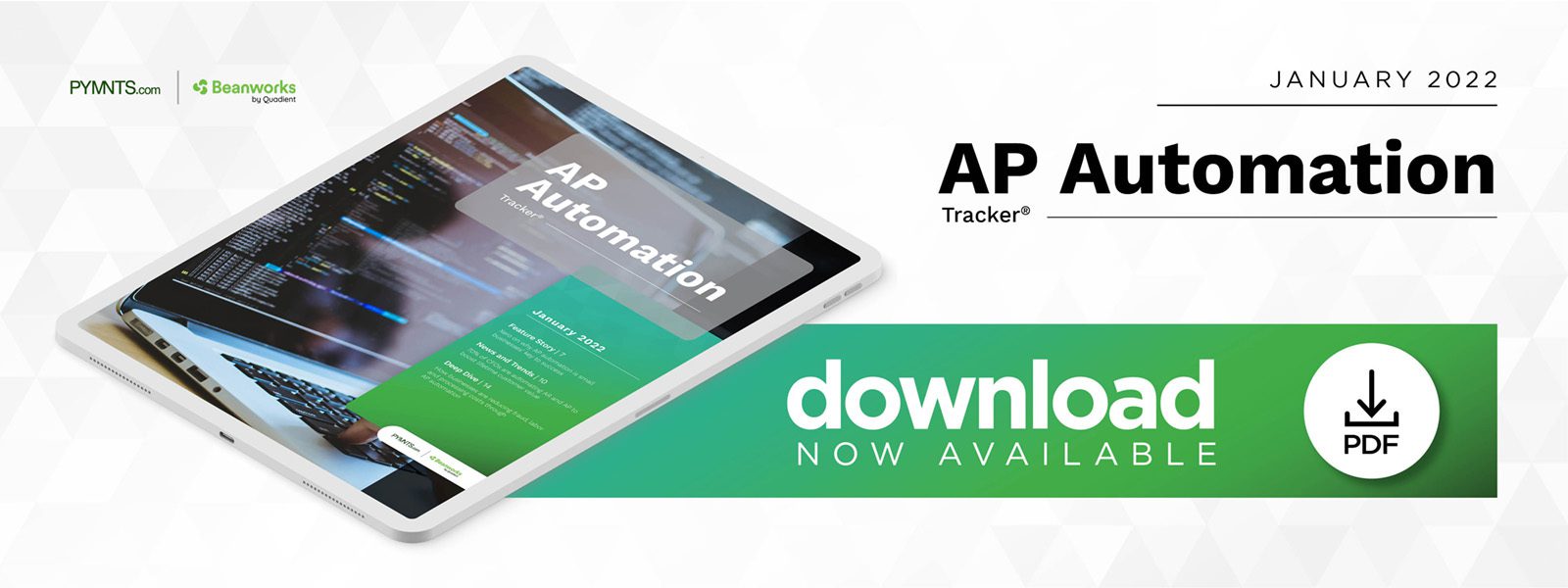Investing in the right technology is important for small businesses, and the pandemic has amplified its importance by making a company’s ability to innovate its model quickly — and to the standards expected by its customers — often essential to its survival.
Ben Richmond, country manager for the U.S. at cloud-based accounting software platform Xero, believes that accounts payable (AP) automation software remains essential for small- to medium-sized businesses (SMBs), especially as the pandemic’s shake-up of legacy business practices continues to inspire many individuals to convert their side hustles into their main jobs.
“The emergence of the eCommerce space, particularly [during] the pandemic, [has] gone berserk, which is awesome,” Richmond told PYMNTS in a recent interview. “We’ve definitely seen huge growth in eCommerce sellers.”
A 2021 report revealed that 75% of consumers have been experimenting with new digital behaviors since the pandemic started, and online credit card and debit card spending remained approximately 30% higher in Q3 2021 than pre-pandemic levels. With eCommerce growth showing no signs of slowing, small businesses can take the opportunity to expand their offerings and sell goods and services to a wider customer pool. It is crucial, then, for organizations with limited resources to make each dollar count by harnessing automation to minimize manual errors and reduce labor costs while enhancing their operations’ security.
Manual Invoice Processing Is Costly and Error-Prone
Despite the benefits of AP automation, too many SMBs continue to forgo modernization. High costs, compatibility concerns and security fears are among small business owners’ top reasons for hesitance. Many of these concerns are unfounded, however: eInvoicing actually saves SMBs an average of $20 per invoice, according to a recent Deloitte study, and automation ranks first among finance professionals as a means of improving cybersecurity. Richmond explained that some of AP automation’s most important advantages include reducing labor costs and utilizing human resources more productively.
“If [AP is] automated, it’s going to take less time to process,” Richmond said. “Often the people who are doing these tasks have a lot more power and value they can add [to the business in other ways]. A lot of those people will also serve customers, so, [by not utilizing automation], you’re taking their time away from being able to talk to customers or grow the business while they do this manual processing. You’re [also] increasing the risk of errors; you might pay someone late.”
Organizations looking to thrive in today’s competitive environment need precise ways to plan, budget and predict financial outcomes — 59% of executives in a recent survey cited managing and reducing costs as a top investment priority. Those who used AP automation to do so saw a large return on investment, according to another study, with 89% reporting decreased labor costs as a result of automation. On average, firms that incorporated AP automation into their payment processes saved $35,000 per year.
Companies with automated AP functions also reported 71% fewer errors than those relying on paper-based methods, and 81% reported simplified auditing procedures. These factors contributed heavily to the overall health of their balance sheets.
AP Automation Offers Business Owners Peace of Mind
Businesses’ view of technology has evolved dramatically over the past two years. For the 36% of AP departments that went fully remote during the pandemic, automation largely determined the outcome of that transition. Nearly eight in 10 reported that a lack of AP automation had previously hindered their operations, while 78% said AP automation was the key to their success during this time.
Richmond explained that companies were not always this eager to migrate to new software products — particularly cloud-based ones — for the very reason they now seek them out: security. He said that Xero’s software offers bank-level security to give its clients peace of mind.
“Security is the biggest reason why people go [to the cloud],” Richmond said.
It is critical for small businesses to learn to achieve more with less, especially when up against powerful competitors. Automated tools can help them do just that by increasing cash flow, preventing fraud and reducing the errors commonly associated with manual processing.
As small businesses continue to bounce back from pandemic-related setbacks, there is no doubt that some will seek AP automation to improve their trajectory for the foreseeable future.





